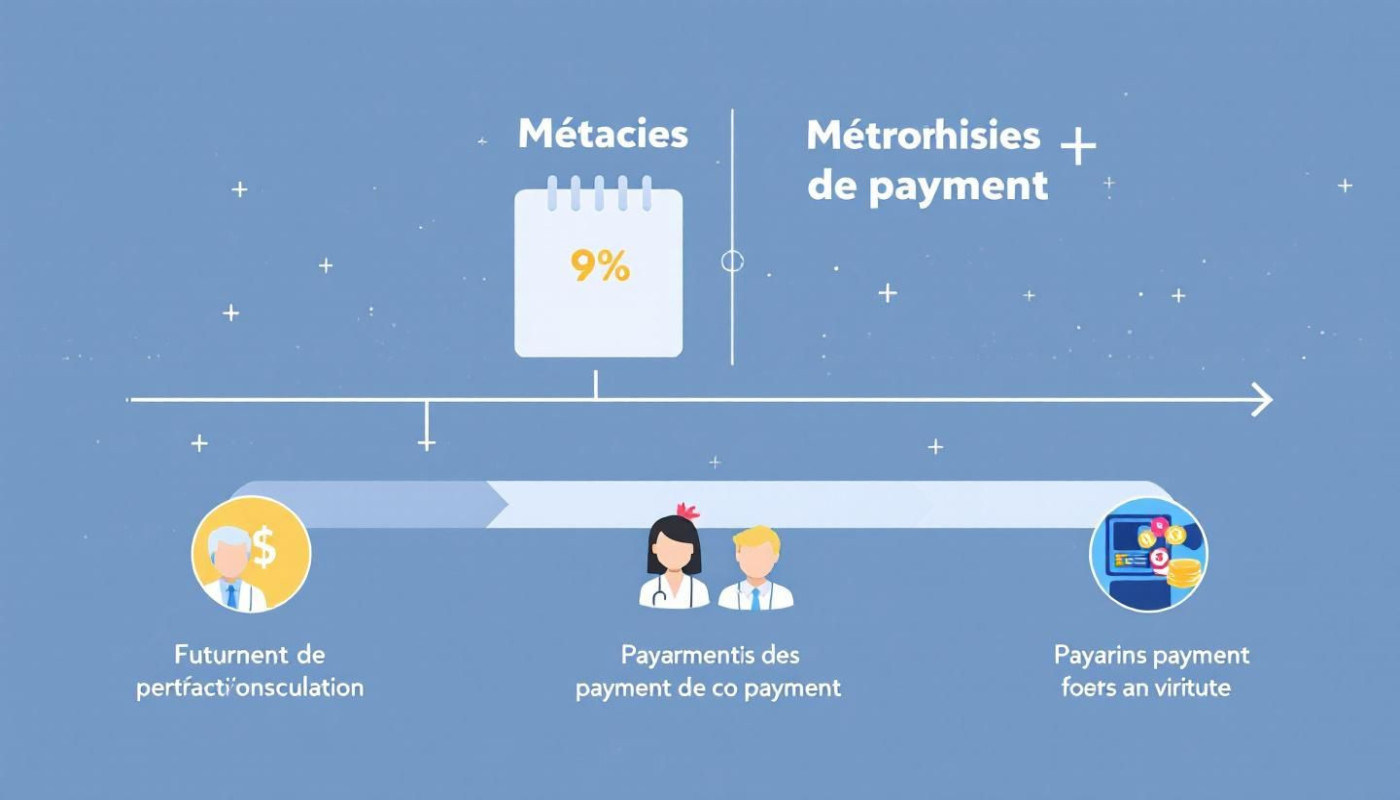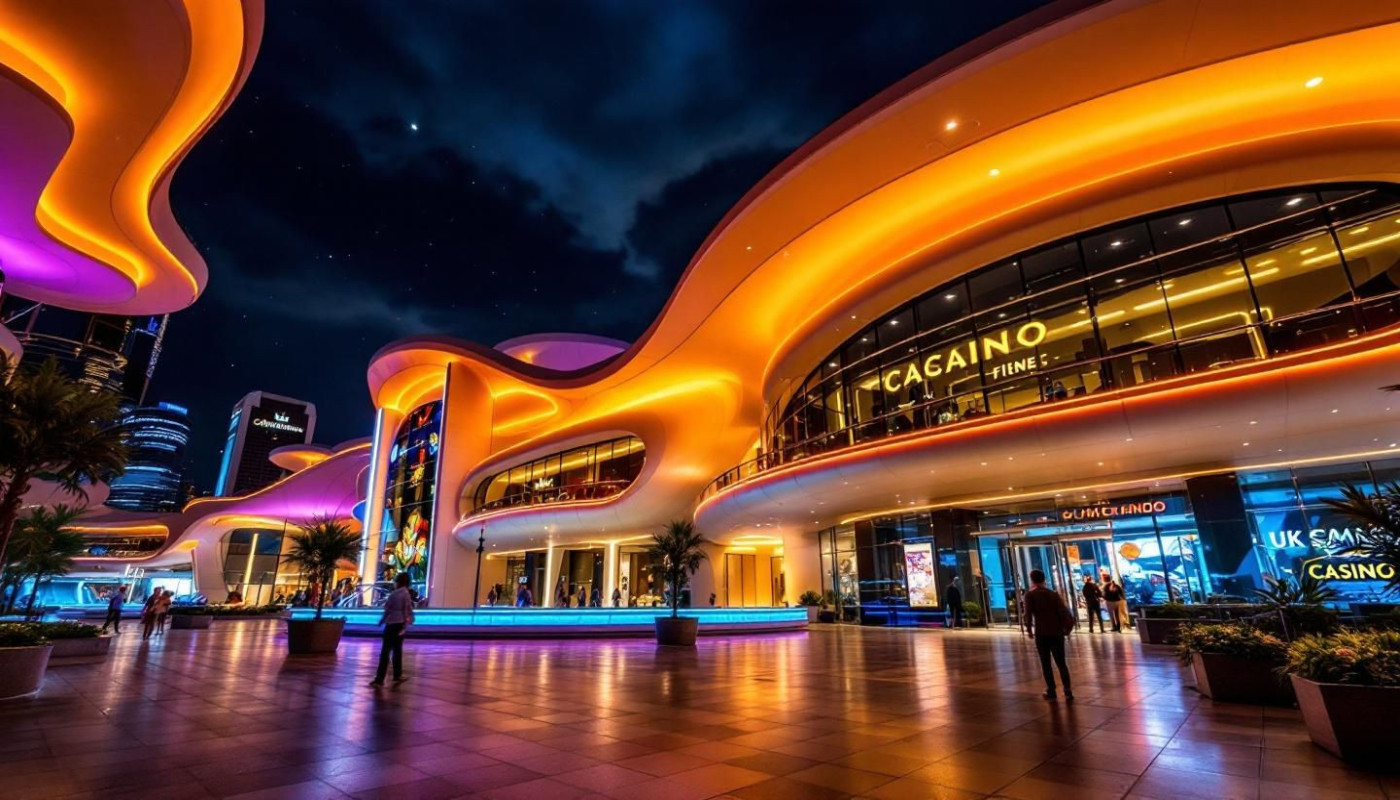Table of contents
The digital era has revolutionized the landscape of gaming, with virtual platforms becoming a cornerstone for player engagement and the evolution of game design. These platforms not only provide a space for play but also shape the way games are created and experienced. Dive into the intricate relationship between virtual environments and the dynamics of player interaction, and discover how this synergy influences the very fabric of game design. This exploration will shed light on why developers and players alike should pay close attention to the ongoing transformation in the gaming realm.
The Impact of Virtual Worlds on Player Retention
Virtual platforms are increasingly recognized for their ability to foster player retention through the creation of immersive worlds. By crafting intricate and absorbing environments, these platforms captivate players, often blurring the line between reality and the virtual realm. Psychological immersion, a term coined to describe the depth of mental involvement and presence within a game, plays a pivotal role in maintaining player commitment. As players navigate these virtual landscapes, they often develop social bonds with others, which can transform solitary gaming experiences into rich, communal events. This social interaction not only enhances the enjoyment of the game but also contributes to the formation of virtual communities. These communities serve as a foundation for prolonged engagement, as players return not just for the gameplay but for the relationships they have built.
The concept of gamification, which applies game-design elements to non-game contexts, further amplifies player retention by integrating reward systems that encourage continued participation. In essence, virtual worlds leverage our psychological predispositions—such as the desire for achievement, competition, and socializing—to keep players engaged over longer periods. Understanding the dynamics at play within these immersive worlds can be integral to the success of a game's design.
For those interested in exploring how the streaming of games can also influence their popularity and revenue, potentially as a part of the broader discussion on player retention and immersive worlds, clicking here will provide additional insights.
Customization: The Key to Personalized Experiences
Virtual platforms that present an abundance of game customization features empower players to craft distinct avatars and tailor environments to their preferences, fostering unique experiences that resonate on a personal level. This kind of customization is pivotal in deepening player engagement, as it allows individuals to inject a piece of themselves into the game, creating a more intimate connection with the virtual world. Game loyalty is significantly enhanced when players feel a sense of ownership over their in-game representations and surroundings.
Customization serves not merely as an aesthetic pleasure but also as a functional tool that game developers use to captivate their audience. By granting the power to modify and personalize avatars, players are more likely to form an emotional bond with their digital alter egos, seeing them as extensions of their own identity. This bond is a driving force behind sustained game engagement and, by extension, continued loyalty to the game.
In the realm of game design, the introduction of procedural generation has revolutionized the way environments can be personalized. This technique allows for the creation of vast, varied in-game landscapes that are unique to each player, further enhancing the feeling of having a one-of-a-kind experience. Such advanced customization capabilities not only elevate the value of player engagement but also act as a testament to the innovative nature of modern game design. It is indicative of a future where virtual platforms will continue to evolve, offering ever-more sophisticated tools for personal expression within the gaming experience.
Cross-Platform Playability and Its Influence
The advent of cross-platform playability has been a game-changer in the world of digital entertainment. This platform agnostic approach allows gamers to maintain continuous engagement with their favorite titles across different devices—be it consoles, PCs, or mobile devices—greatly enhancing game accessibility. Such inclusivity not only widens the player base but also invites a diverse audience to partake in the gaming experience. As a direct consequence, game design decisions are increasingly influenced by the need to create seamless experiences for players transitioning between platforms. Developers and platform strategists must consider varying hardware capabilities, user interfaces, and network requirements to deliver a consistent and engaging experience. The integration of cross-platform playability also fosters a sense of community and competition, as it breaks down barriers that previously segregated gamers. This shift towards a more unified gaming landscape is reshaping the industry, promoting a holistic approach to game development and player satisfaction.
Feedback Loops and Their Role in Engagement
The integration of feedback loops in virtual gaming environments plays a pivotal role in sustaining player motivation. When gamers receive timely rewards and achieve milestones, these feedback mechanisms act as positive reinforcement, encouraging continued play and deepening the gaming experience. Game developers, drawing on insights from behavioral psychology, consciously weave these loops into the fabric of game design to craft experiences that are both rewarding and psychologically fulfilling. The presence of these loops necessitates a careful balancing act in game pacing and game difficulty. Too little challenge, and the game risks becoming monotonous; too much, and frustration might deter players. The art of designing a game that adeptly walks this line can result in an immersive and engaging journey for players, ensuring that their time spent on virtual platforms is both enjoyable and captivating.
Emerging Technologies and Future Trends in Gaming
Emerging technologies, notably virtual reality (VR) and augmented reality (AR), are fundamentally transforming virtual platforms and the landscape of game design. These innovations are paving the way for unparalleled levels of immersion, allowing players to step into fully-realized 3D worlds that respond dynamically to their actions. As a game developer or technology researcher specializing in virtual environments, the potential for VR and AR to enhance innovative gameplay mechanics is vast. By leveraging these technologies, designers can craft experiences that are not only interactive but also deeply engaging, blurring the lines between the player's physical and digital realms.
Moreover, the advent of spatial computing—a technical term that refers to the use of technology to perceive and interact with the environment around it—enables developers to introduce novel storytelling techniques that are intimately tied to a player's surroundings and movements. This capability not only augments the player's sense of presence within the game but also opens up new vistas for narrative exploration, where a player's physical position and actions can influence the storyline in truly dynamic ways. As virtual platforms evolve, we can expect to see these emerging technologies play a decisive role in how games are designed, consumed, and experienced.
On the same subject

Exploring The Benefits And Drawbacks Of Using Alternative Casino Payment Methods

Exploring The Appeal Of UK Casinos Outside Traditional Regulations

Mastering Casino Games: Tips For Beginners And Advanced Players

Exploring The Rise Of Online Betting And Casino Platforms

Exploring The Thrills Of Online Casino Jetpack Games And Strategies

Strategies For Effective Bankroll Management In Slot Gaming

Maximizing Your Winnings: Tips For Online Casino Bonuses And Promotions

Exploring The Impact Of Game Difficulty Levels On Player Success

Exploring The Latest Trends In Online Entertainment Platforms

Understanding Plinko Games: From Basics To Advanced Tips

How Cultural Heritage Influences Contemporary Lifestyle And Wellness Trends

Comprehensive Guide To Understanding Slot Volatility With A Focus On Wealth Inn

Key Considerations When Choosing An Online Casino

Strategies For Maximizing Returns With International Sportsbooks

Comprehensive Guide To Secure Payment And Withdrawal Options In Online Casinos

Exploring The Latest Trends In Online Casino Games

The Evolution Of Online Slots: From Classic To Contemporary

Exploring The Evolution Of Canadian Online Casino Regulations

From Casinos to eSports: The Evolution of Modern Gambling

